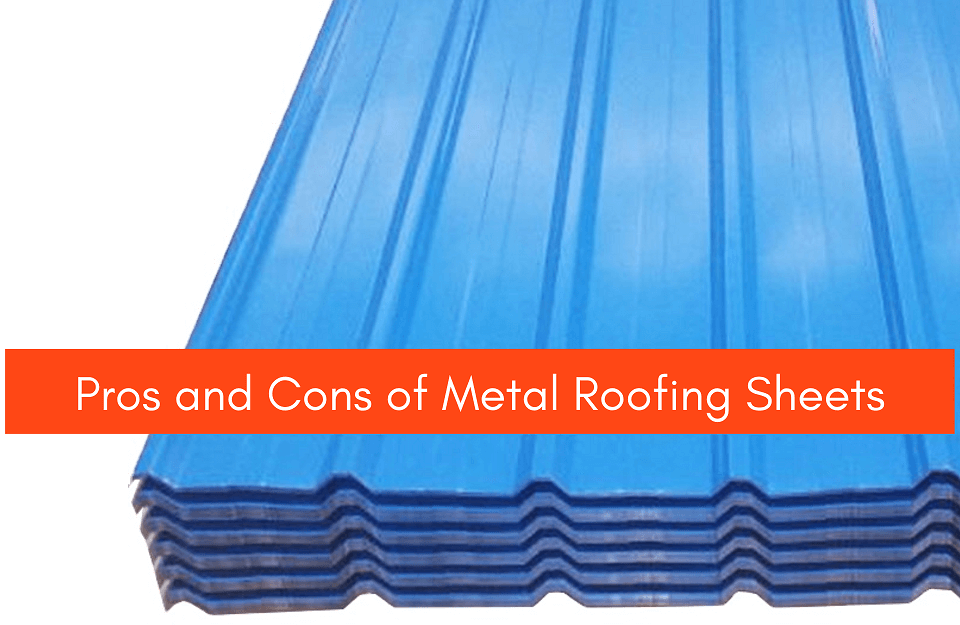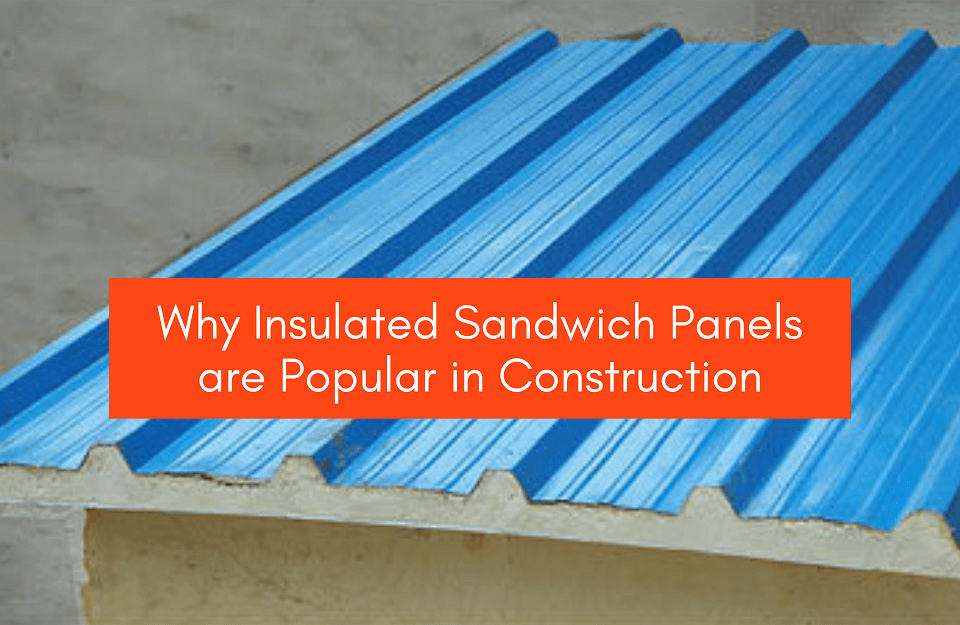- Bansal Roofing Products Ltd
- +91-9925050913
- inquiry@bansalroofing.com
Types of Perforated Sheetsand Its Benefits

How To Select Roofing Sheet
December 31, 2020
Is a Pre-Engineered BuildingRight for Your Next Project?
January 8, 2021The Perforated Sheet, also recognized as Perforated Metal, is a screen or sheet consisting of several holes that are either man-made or machine-made. The stamping or punching techniques make these holes on the metal sheet and the material used to design the sheet can differ depending on its applications and specifications. Perforated sheets are made of various materials, including stainless steel, aluminum and copper, and, depending on the specifications, perforations are carried out in various dimensions and shapes. These sheets are made in various types, such as round, square and other decorative shapes, depending on the function and specifications.
For over a century or more, perforated plates or screens have been used to create a pattern of holes, shapes, or slots. Perforating is the method of manually pressing or stamping on the sheet to shape the given pattern of holes and slots. These metals have been used in fields ranging across industries, including construction, architecture, chemicals, food, and automotive.
Design And Patterns:
Perforated sheet requirements generally include the sheet thickness and duration, the patterns, the shape of the holes and the pitch that defines the distance between the adjacent perforation and the holes in the next row, as well as the margins in the case of special borders. The manufacturers of perforated sheets design the sheet in sizes, and the size of the perforated sheet typically depends on the applications and specifications. The size can be adjusted by manufacturers depending on the place where it will be used and its applications, whether it is needed for domestic or home requirements.
Materials Used in Perforated Sheets:
There are various materials used to design a perforated sheet, and the price of the perforated sheet varies according to the form, size and material used to design it. Stainless steel is the most common material used in the construction of the Perforated Sheet and the second choice is aluminum. Changes in size from application to application and decorative objects are primarily made of stainless steel or a blend of different materials. Usually, domestic perforated plates are made from plastic materials. Here are some types of Perforated sheets and their uses.
Also Read: How to Choose Roofing Material?
Types of Perforated Sheets and It’s Uses:
#1 – Mild Steel Perforated Sheet:
For ventilation grilles, drying grids, infill plates, Mild Steel Perforated Sheets can be used. Perforated sheets of mild steel and perforated sheets of carbon steel, where perforations permit the passage of light, air, liquid and sound through its openings. It is very resistant and lightweight to corrosion, has a mill, not a glossy finish, and is available in a variety of sizes and shapes with punches.

#2 – Aluminum Perforated Sheets:
As ordinary steel does, aluminium perforated sheets do not readily corrode, rust or stain with water. However in low -oxygen, high -salinity, or poor air circulation conditions, it is not completely stain-proof. They are strongly alloyed and have a resistance to corrosion that helps produce signboards, filtering plates, screens for cement slurry and numerous others.
Also Read: The Difference Between Prefabricated and Pre-Engineered Steel
#3 – Alloy Steel Perforated Sheet:
The most flexible of all alloy steel sheets are Alloy Steel Perforated Sheets. Appropriate high-performance steel is needed for cost, quality, miniaturization, durability, safety, environmental protection and high-end general performance demands. This is used in the development of fencing screens, drying baskets for machines.
A large combination of mechanical and electrical properties is offered by Bansal’s Perforated Sheets, combined with outstanding formability special to copper alloys. In most industrial sectors, its antimagnetic properties, good wear resistance and most corrosive conditions, as well as its good cryogenic temperature resistance, favour its use. Call Bansal’s Roofing LTD at +91-9925050913 & +91-265-2581082 or drop your inquiry @ inquiry@bansalroofing.com for more information and free consultation.






